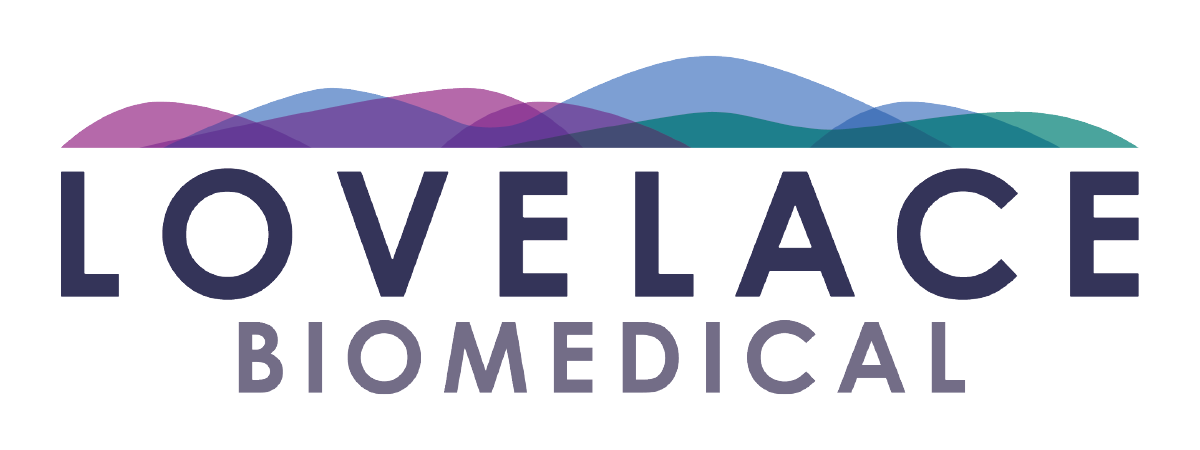As translational researchers we’re faced with many challenges in determining the best routes and methods for delivering inhaled therapeutics that will allow for precise targeted dosing and maximum benefit to the patient, especially now with the ongoing COVID-19 pandemic. Thus, we aimed to delineate some of this complexity by comparing the pulmonary distribution of a reporter test article utilizing standard intra-tracheal (IT) installation and a clinical IT atomization device in a preclinical ferret model. We found the TA distribution in the lungs to be similar between the delivery methods indicating that we still have to be cognizant of dosing methods and overall study design planning. While there is still a lot of work that needs to be done here, we’re very hopeful for the future.

Bio:
I began my basic research career in 2013 as an undergraduate researcher in Dr. Nikki Jernigan’s lab at the University of New Mexico (UNM), looking at the role of Acid Sensing Ion Channels (ASIC) in pulmonary vascular remodeling following chronic hypoxia induced pulmonary hypertension. After graduating with a B.S. in Biology and minor in Earth and Planetary Science I continued my research endeavors in the lab of Dr. Lauren Jantzie in the Department of Pediatrics at UNM. Here, I investigated the pathophysiology of encephalopathy of prematurity, perinatal brain injury and prenatal alcohol and opioid exposure, and with the goal of identifying novel drug targets and cell-based therapeutics to facilitate neurological recovery and repair in the developing brain. This work eventually led me to Dr. Shenandoah Robinson’s lab in the Department of Neurosurgery at Johns Hopkins School of Medicine where I continued to delineate the mechanisms of adverse brain injury complications associated with traumatic brain injury and perinatal central nervous system injury, including intraventricular hemorrhage, post-hemorrhagic hydrocephalus, and cerebral palsy.
In 2019, I moved back to Albuquerque, and I started my position as a senior research technologist here at Lovelace Biomedical. Within the past year, I’ve continued to advance my research career and have had the privileged of being involved in many great projects. I am super excited to what the future brings as I begin taking on more roles, including study director.
This year, Tracylyn will be presenting a scientific poster at the American College of Toxicology (ACT) annual meeting. See her study and work abstract in liquid intra-tracheal delivery for small animal models below:
Title:
Intra-tracheal (IT) atomization of IT liquid delivery of a test article results in similar pulmonary distribution in a pre-clinical ferret model
Authors:
Tracylyn Yellowhair, BS, Philip Kuehl, PhD, Adam Werts, DVM, PhD, Dipl, ACLAM.
Lovelace Biomedical Research Institute, Albuquerque, NM.
Abstract:
Determining the most advantageous method to deliver inhaled therapeutics (AAVs, antibiotics, small molecules, siRNAs, etc.) in pre-clinical models and how this translates, clinically presents many challenges. Pre-clinical ferret models are essential as they share comparable pulmonary physiology and clinical signs to humans when infected with many respiratory viruses. We asked whether intra-tracheal (IT) atomization has advantages in pulmonary test article (TA) delivery over liquid IT delivery. To test this, we used a clinical IT atomizer (MADgic® Laryngo-Tracheal Mucosal Atomization Device; Teleflex®) in vitro and in vivo, with or without the atomization tip intact. Both the intact and altered device were tested using a reporter TA (2% Evans blue dye in saline, commonly used to assess gross distribution and permeability) in vitro (open air or confined in artificial tracheas, 5-8mm diameter), with dye distribution recorded. In vivo lung distribution was tested in ferret tracheas (n=10) ranging from 3.5-5mm. In vitro tests demonstrated that constricting the intact device in artificial tracheas reduced aerosol generation and increased liquid delivery by the device. In vivo TA delivery resulted in inconsistent and patchy delivery to the pulmonary parenchyma, independent of device modification status and position of the animal at dosing. In summary, atomization in a confined space resulted in aerosol-airway wall interactions that precipitated the nebulized product into a liquid. Furthermore, IT delivery of dye by atomization or a liquid resulted in similar pulmonary distribution in ferrets, suggesting that IT atomization in small animals may not be advantageous in TA delivery over IT liquid administration.

